Digital Classroom
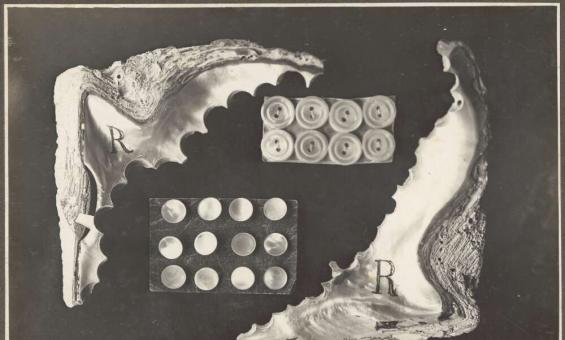
Frank Hurley, [Cut shell] showing the method of cutting shells commercially, 1921, nla.gov.au/nla.obj-149364077
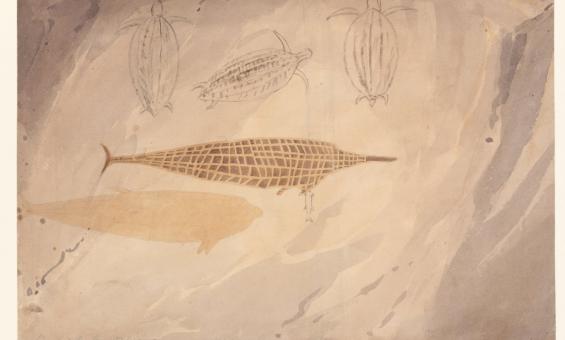
William Westall, Chasm Island, native cave painting, 1803, nla.gov.au/nla.obj-138890494
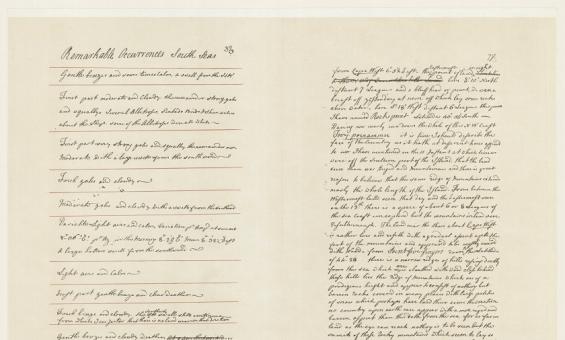
James Cook, Excerpt from Captain James Cook's Journal of the H.M.S. Endeavour, Friday, 23rd March, 1770, nla.gov.au/nla.obj-2354391495
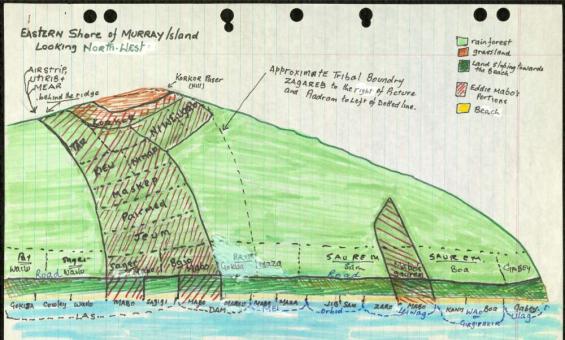
Supreme Court and Australia High Court (1981) Papers of Bryan Keon-Cohen [manuscript]: the Mabo case, 1981-2000, nla.gov.au/nla.obj-224081463
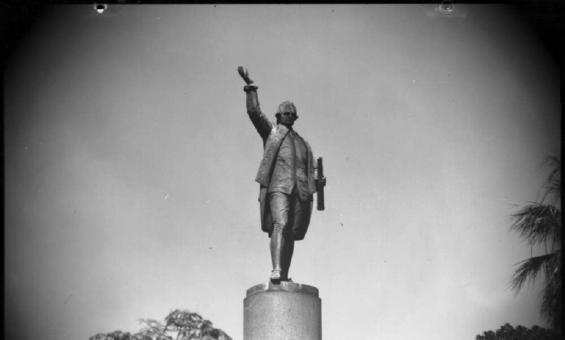
Frank Hurley & Thomas Woolner, Captain Cook's Statue, Hyde Park, Sydney, 1, 1910, nla.gov.au/nla.obj-160162538

Joseph Lycett & Joseph Lycett, Aborigines resting by camp fire, near the mouth of the Hunter River, Newcastle, New South Wales, 1817, nla.gov.au/nla.obj-138500420
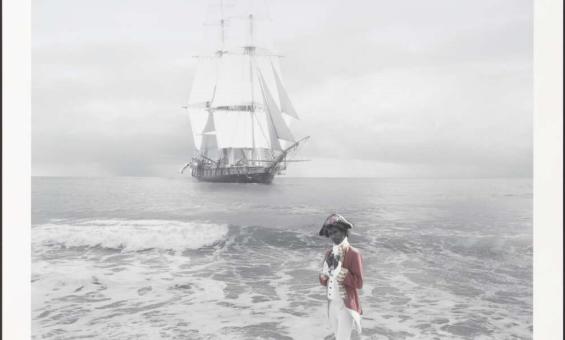
Michael Cook, Undiscovered #4, 2010, nla.gov.au/nla.obj-708299938

J. Chapman sculpsit, Captain Cook [picture], nla.gov.au/nla.obj-240952710
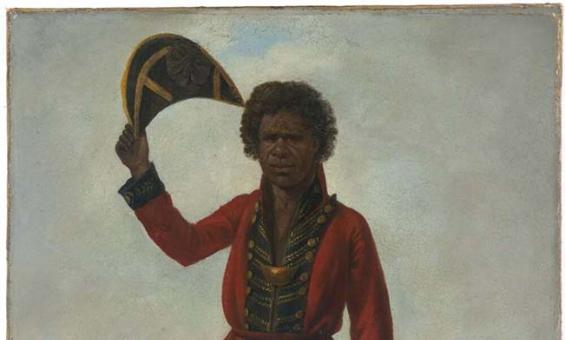
Earle, Augustus, 1793-1838. (1826). Portrait of Bungaree, a native of New South Wales, with Fort Macquarie, Sydney Harbour, in background [picture] / [Augustus Earle]. nla.gov.au/nla.obj-134114940
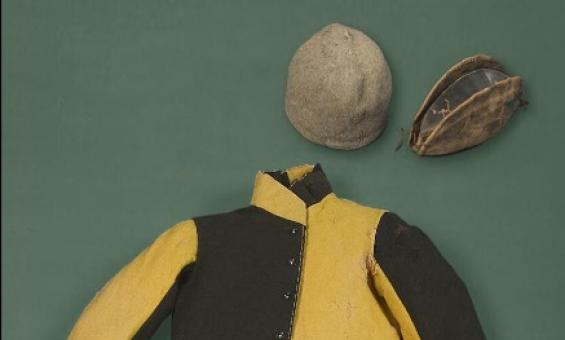
Convict uniform and two caps between 1830 and 1849, nla.gov.au/nla.obj-139411772
A secondary punishment uniform from the transportation era, coloured to distinguish continuing offenders. Hand stitched. From Van Diemens Land.

George Hughes (Government Printer), Playbill for a performance of Jane Shore, The Wapping Landlady and The Miraculous Cure at the Theatre, Sydney 30 July 1796, nla.gov.au/nla.obj-1419486 - the earliest surviving document printed in Australia.
